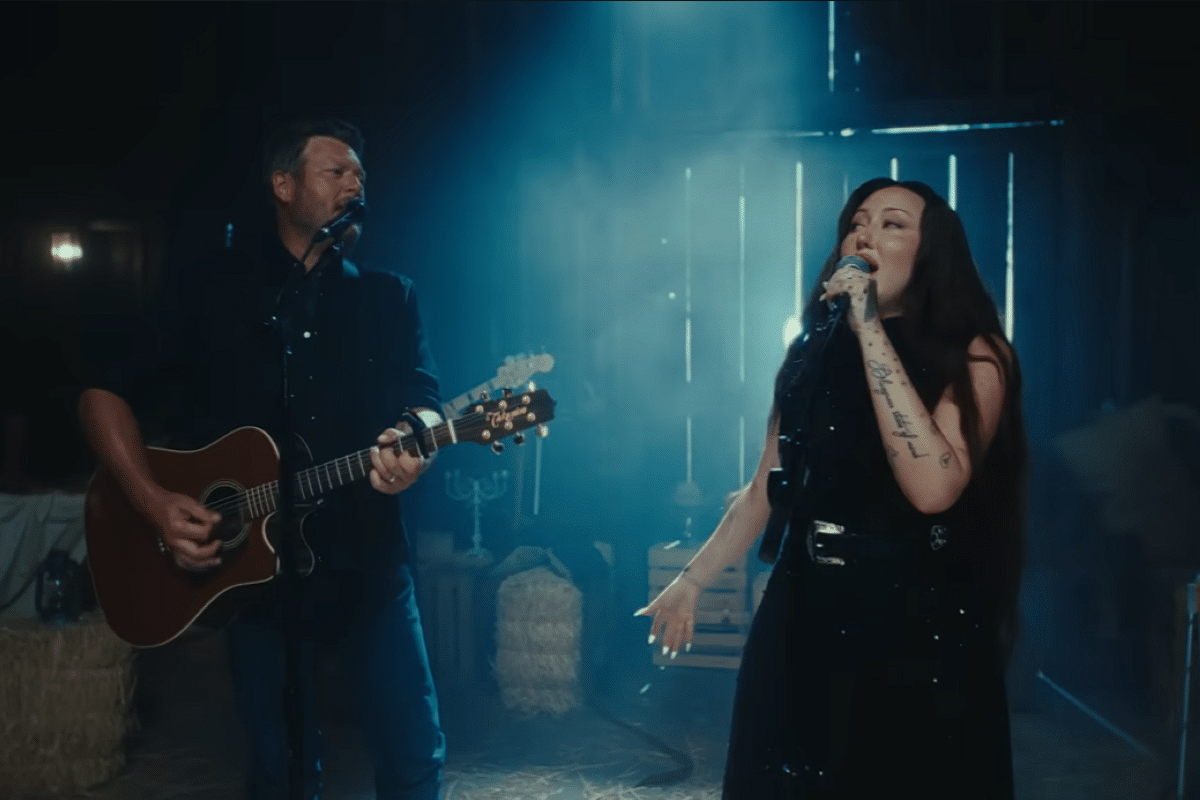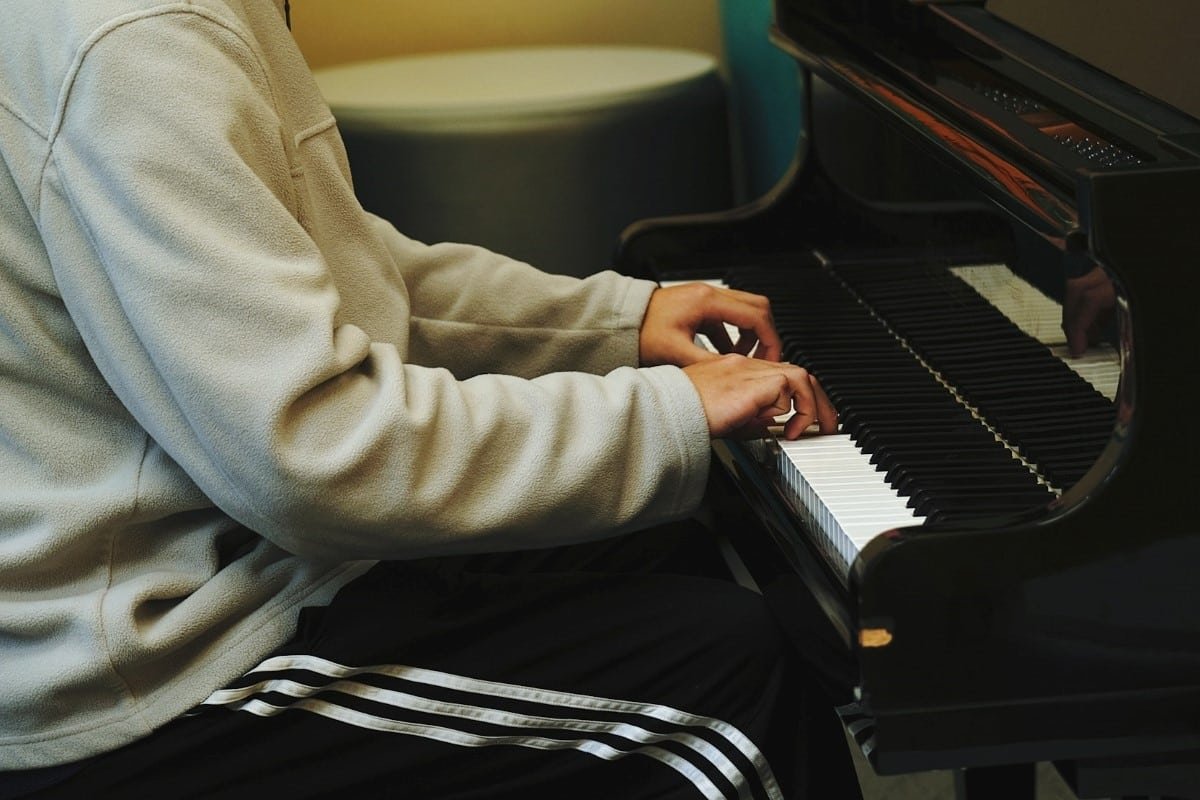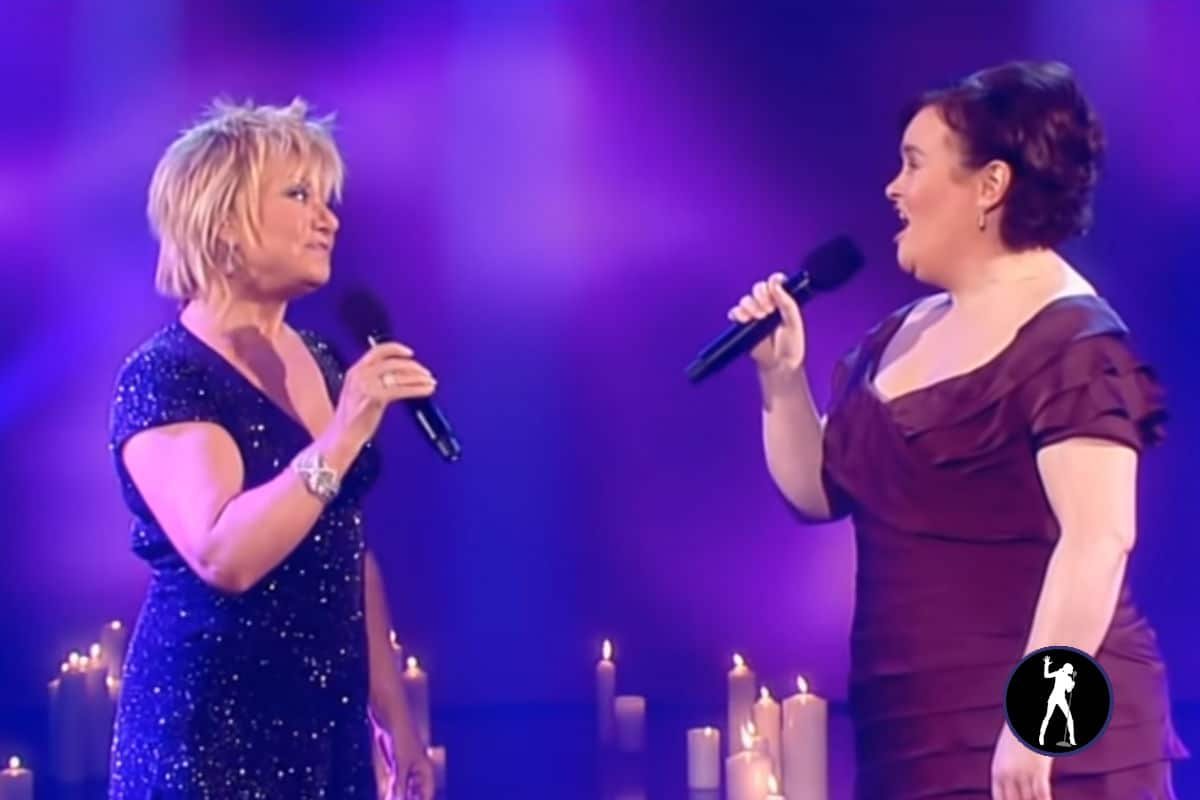What Type Of Microphone Is Used For Vocals?
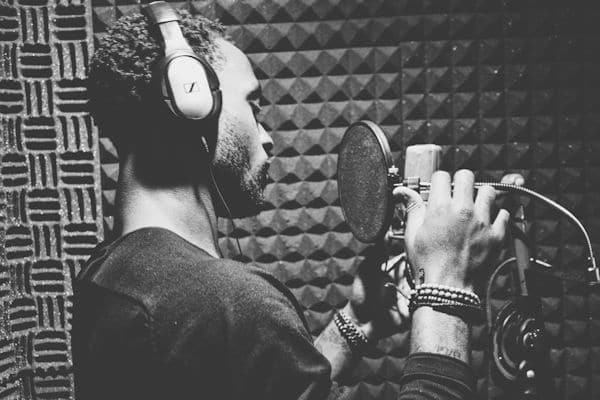
Both on live stages and in the studio, microphones have an enormous impact on the outcome of different vocals.
As there are quite some different types of human voices with unique characteristics, so are the different types of vocal microphones with unique technical specifications and characters.
One singer can sound drastically different on two different microphones, meaning that a microphone has the ability to alter, color, and change the vocal quality of a singer to some extent.
Giving a simple and direct answer as to which microphone is best for vocals might be impossible, as it is highly subjective. What sounds appealing to one audio technician might not be exactly appealing to another.
The best approach to choosing “the right vocal microphone” is understanding the basic sciences and specifications of microphones in general. Understanding this will help you make a more informed [subjective] decision should you ever find yourself in the dilemma of choosing the perfect vocal mic.
What is a Vocal Microphone?
A vocal microphone is any microphone that is suitable for recording the human voice in the studio or capturing it live on stage.
It is important to know that there are microphones suitable for recording instruments like drums, guitars, cabinets, and percussion – in most cases, these microphones fail at capturing and delivering the best frequencies of the human voice, because they were not designed for such. We can use vocal microphones for both solo and ensemble recordings.
Types of Microphones
All microphones fall basically into three categories, which are dynamic, condenser, and ribbon microphones.
Dynamic Microphones
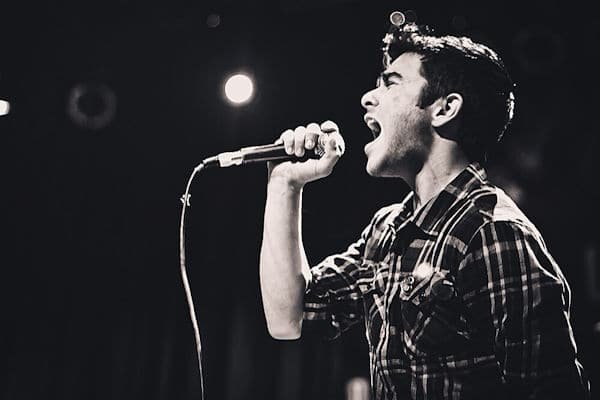
While those features make them the best microphone for live vocals, they also function quite well in recording studios. A typical example is the legendary Shure SM7B dynamic vocal microphone.
Dynamic microphones basically work by using a thin metal coil to detect sound. A dynamic microphone is designed to be robust and handle very high volumes without audible distortions. This is one reason it is always the best microphone choice for the screaming lead singer of a rock band.
However, it has its downside. Although very good with high volumes, they are not so good at capturing high frequencies and the subtle nuances of a singer’s voice.
Also, there is always an issue known as “proximity effect” which simply means that the closer you get to a dynamic mic, the boomier it becomes; it exaggerates low frequencies when the singer gets closer to it. This is where the next type of microphone really shines.
Condenser Microphones
Condenser microphones are mostly to be seen in recording studios as opposed to dynamic microphones, which are often used on live stages. Condenser microphones perform best in low-noise and acoustically treated environments because of their high sensitivity.
These kinds of microphones are known for their ability to provide stronger signals and also capture even the most subtle vocal nuances because they are highly sensitive. This makes them the best microphones for recording vocals. A popular vocal condenser microphone is the Rode NT1.
However, the downside of the condenser microphone is that because of its high sensitivity, it will most likely not function properly outside a well acoustically treated environment. It will most likely pick up unwanted noises in an uncontrolled environment.
Also, the condenser microphone always requires 48 Volts of phantom power to operate.
Ribbon Microphones
These types of mics are type dynamic microphones. Instead of using a dynamic microphone’s diaphragm, which is attached to a vibrating and moving coil, ribbon microphones use an extremely thin strip of metal (often aluminum) that is suspended in a very strong magnetic field.
Most audio engineers regard these types of microphones as the most natural type of microphone you can use to record vocals. Ribbon mics tend to hear more like your ears hear an instrument or voice.
Microphone Polar Patterns and Directionality
This will tell you how microphones are sensitive to sounds at different axes. Understanding polar patterns will help you make an informed choice when choosing the best vocal microphone for different scenarios.
Omni Directional (360 Degrees)
As the name suggests, these types of microphones will pick up sound from all directions and axes. There is no null or dead point.
This might not be the best kind of microphone for a solo singer on a live stage as it may pick up unwanted sounds like feedback and audience noise, and thus ruin the actual vocal. However, they have the advantage of delivering a purer and more uncolored sound when compared to other microphone types.
Cardioid (Unidirectional)
As the name suggests, this kind of microphone picks up sound from only one source. This makes them quite handy and versatile enough for different musical scenarios. Be it on live stages or in recording studios, the cardioid microphone will always be preferred. Under cardioid microphones, there are super-cardioids and hyper cardioids.
Bi-Directional (Figure 8)
These types of microphones receive sound from both the front and the back, thus the reason they are called “figure 8” microphones. Most ribbon microphones have a “figure 8” polar pattern.
This video explains the types of microphones in more detail:
What to Look for in A Vocal Microphone
The first thing you should consider when choosing a vocal microphone is its usability. It will not make sense to choose the highly sensitive condenser microphone if you are going to use it on live stages and in high-noise environments. A condenser microphone will make a lot of sense if you have an acoustically treated and low-noise recording environment.
What you generally want in a vocal microphone is a microphone that will deliver the best possible vocal rendition without your environment or listening situation posing a hindrance. What this means is that what a podcaster who records in a bedroom wants in a vocal microphone will be quite different from what a professional singer who records in the studio or performs on live stages would want.
In order to make an informed decision, you have to understand everything discussed in this article as it will help you choose the best vocal microphone for different recording scenarios.
Another important thing to look out for in a vocal microphone is its frequency response pattern. The general rule of thumb is to always go for that mic that is not overly colored or exaggerated at any frequency. You are better off with a microphone that is between “flat” and just enough boosts and attenuations of the right frequencies.
news via inbox
Sign up for the latest music news and entertainment!

